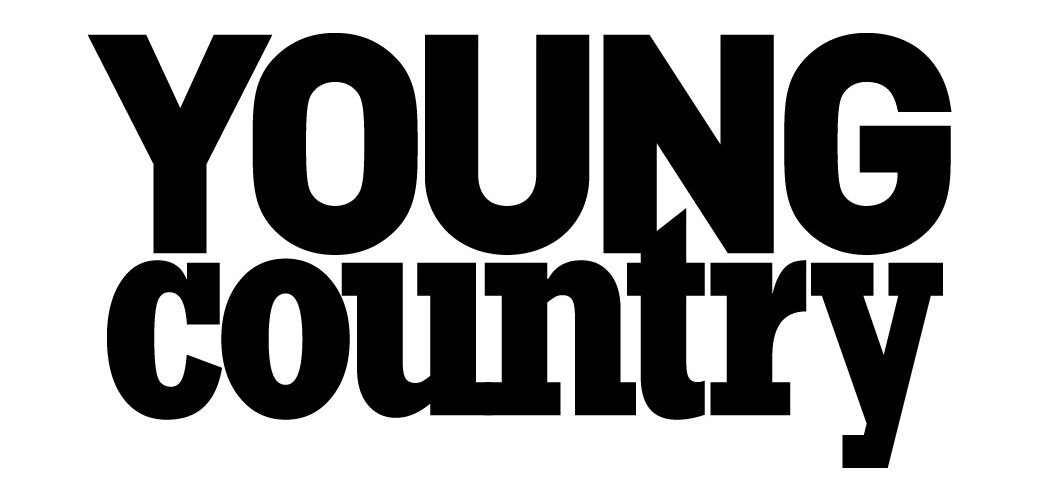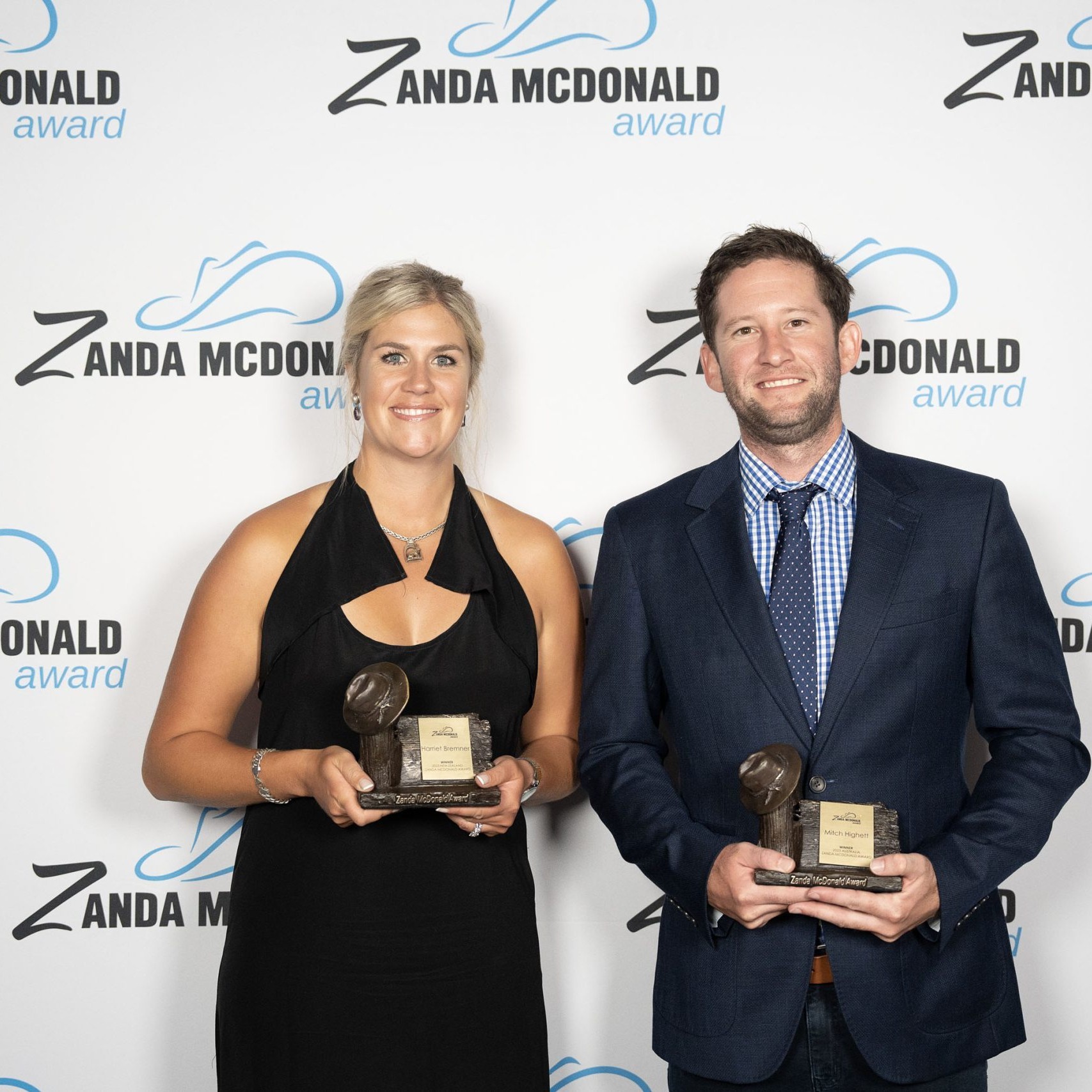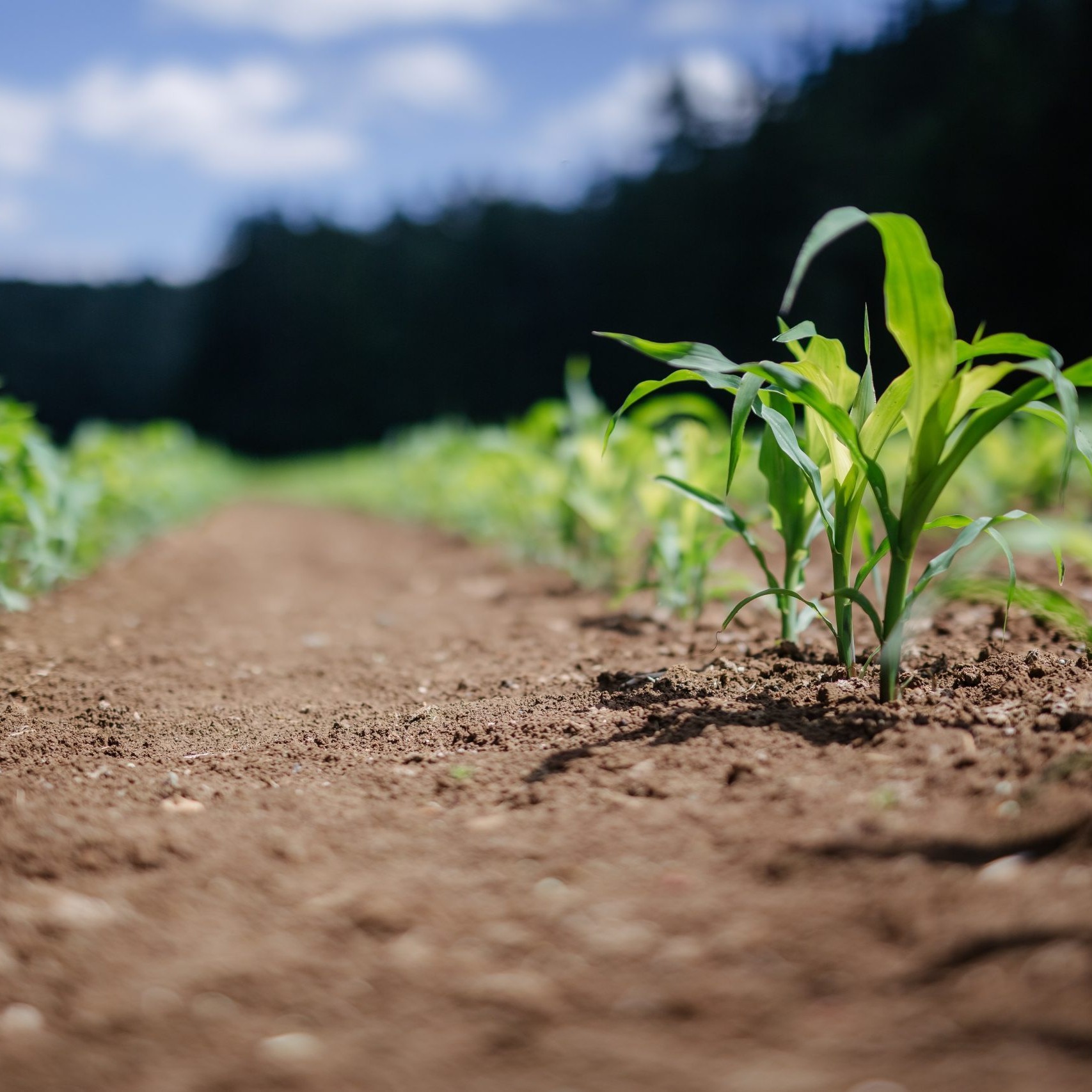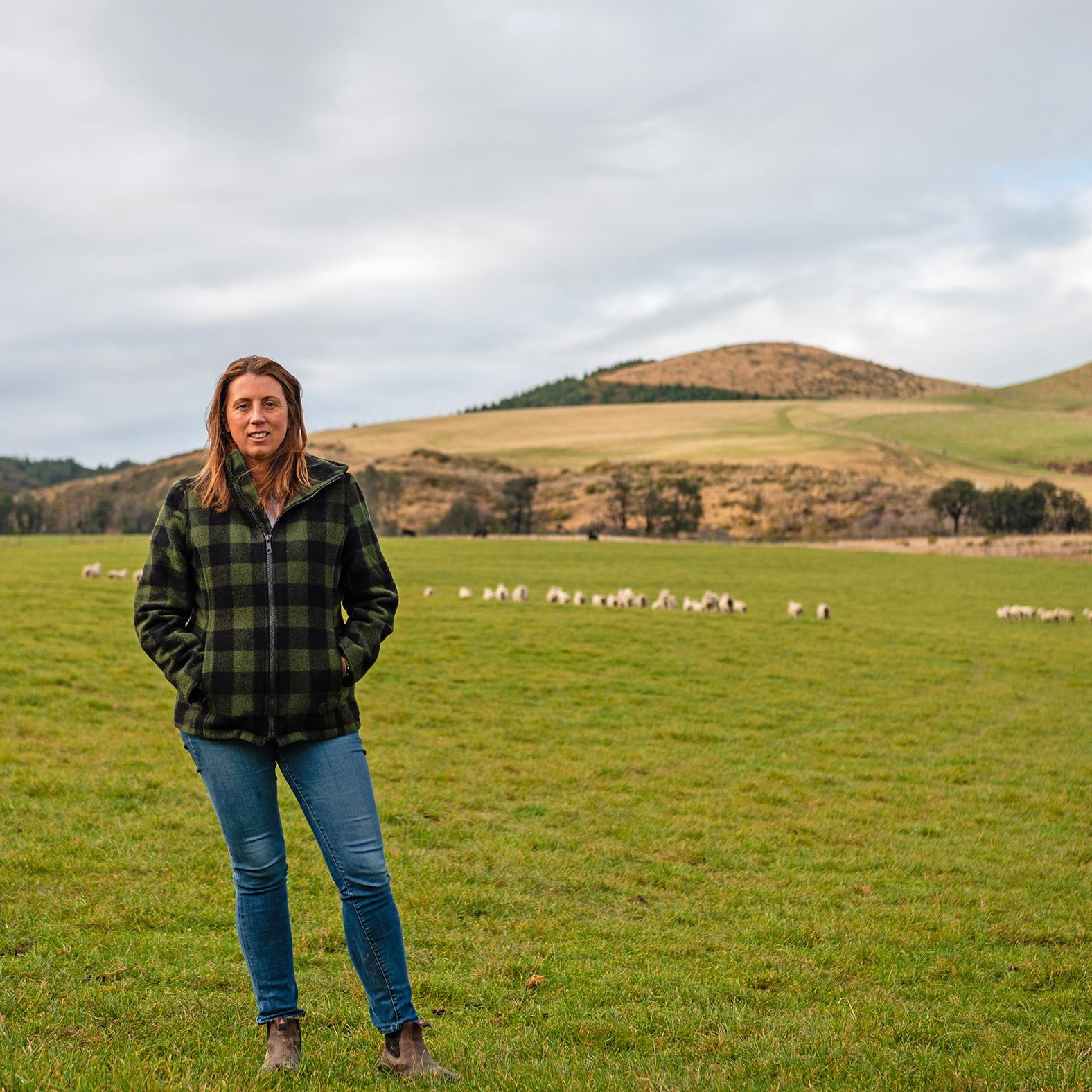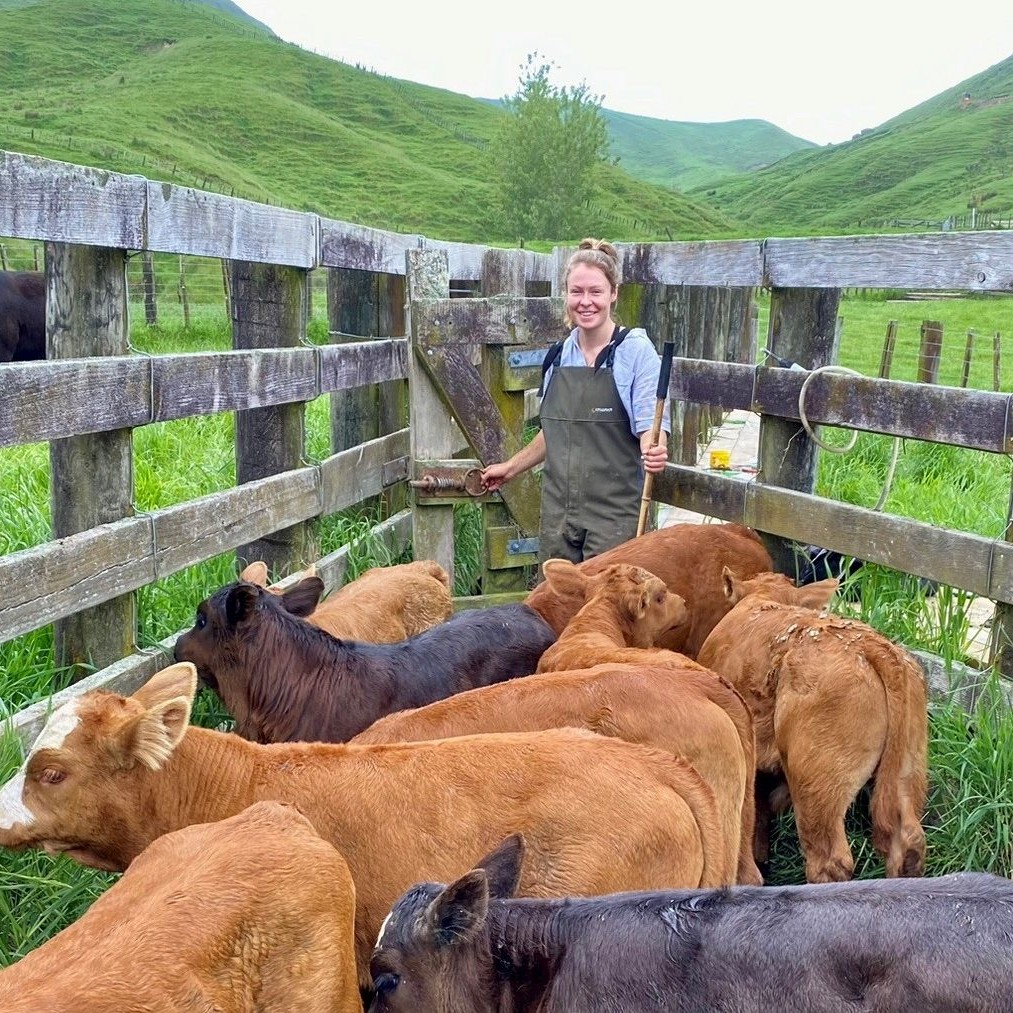Taking over the family farm as a sharemilker sees Rachael Macdonald (nee Phillips) making the most of technology. Glenys Christian reports.
Waikato 50:50 sharemilker, Rachael Phillips believes that in the future cellphones are going to be just as important as machinery on dairy farms, yet her father, Colin, who owns the farm, doesn’t have one.
However, she has a very clear idea where new technology fits into her farming future.
“It’s all about efficiency to maximise profitability and reduce labour,” she told the MobileTech Conference in Rotorua in March.
The 28-year-old is the fourth generation of her family to farm the 70-hectare property on the road from Te Awamutu to Pirongia which runs 240 cows, sharemilking for Colin and her mother, Karen.
She says her father hates technology.
“But he can see the difference it can make in efficiency especially with us being a small-scale farm,” she says.
“He just doesn’t want the hassle. If I can tell him this will be able to save this much time for this much money, he’ll buy into it. Putting figures on paper is really important.”
As a teenager she says she always planned to study to be a vet.
“But in the seventh form I decided to do agriculture at Massey,” she says.
“But I didn’t know then that I would come back to the farm. There were so many different directions that I could go. When you’re 18 who knows what they want to do?”
After completing her Bachelor of Applied Science, majoring in agriculture she did come back to her parents’ farm but only for eight months before setting off on her OE in 2012.
Initially she worked in a job which came her way through Agriventure on a sheep-milking farm in Warwickshire, England.
“It ran 600 sheep, peak-milking 440,” she says. There was also an onfarm cheese-making operation employing five full-time workers with some of the cheese produced sold at upmarket London retailer, Harrods.
After another stint working in a pub she started planning to come back to the farm on her return to New Zealand.
“My parents weren’t holding expectations,” she says.
“They were supporting my goals.”
She spent her first year back as farm manager and her willingness to move up and run her own business saw her start lower-order sharemilking the following season. She built herd numbers to increase her equity over the next three years allowing her to buy the herd and go 50:50 sharemilking. The next step will be to buy into the farm itself and eventually transfer ownership.
“We haven’t worked out how we will do that yet,” she says.
“Maybe it will be through an equity partnership or a lease.”
The crossbred herd has been milked once-a-day (OAD) for the last seven years.
“The initial reasoning was that it would keep Dad in farming longer,” she says.
“But then there was no reason to go back to twice-a-day.”
While there was no initial increase in mastitis some of the herd simply didn’t adapt to the new milking regime and had to be dried off before the end of the season and culled.
Now the replacement rate is around 18% with udders targeted first, mastitis, then production. With the lowered empty rate of just 7% this season she can afford to be more fussy about those that have to leave the herd.
There’s four and a half weeks of AI with LIC’s OAD bull team used for the last two years. This is followed by a similar period running with Jersey bulls. As they don’t want to increase the farm’s stocking rate they’re only breeding from their best cows. The herd has a Breeding Worth of 62/41, Production Worth of 86/49 and a recorded ancestry of 90%.
Calves are moved to calf sheds where they’re fed from calfeterias and get ad lib meal from the start, heading off to a grazier at Pirongia after weaning.
“It’s mostly me doing the calf-rearing but Dad helps,” Rachael says.
“He’s not ready to retire yet and it’s hugely beneficial for me. He enjoys being out and about and I get free labour.”
The farm runs a DairyNZ System 2 operation and has been feeding around half a tonne of palm kernel per cow per year. But with an in-dairy feeding system having just been added the plan is to move to a soya-hull blend in the coming season.
“We knew we had to do something as we were feeding palm kernel on trailers in the paddock,” Rachael says.
Not only will the new system save them time they’ll be able to add minerals in spring. The cows adapted well to their new feeding regime taking just a couple of milkings to get used to it, she says.
No crops are grown on the farm now, but turnips were used in the past. Around 75% of the farm is under-sown every year in Shogun ryegrass.
“We have our own drill and we use under-sowing like a supplement as it pushes more grass into the winter,” Rachael says.
“It’s a simple and efficient system.”
About 174kg nitrogen per hectare is applied each year going on in small doses behind the herd. Rachael’s been a member of Young Farmers for the last nine years, starting off in the Massey University club before transferring to the local Te Kawa West branch.
“It has around 30 members and is very social,” she says.
She was chair last year and is now vice-president of the Waikato-Bay of Plenty region. This year was the first time she’d entered the young Farmer of the Year competition, getting as far as the regional finals.
“I had a good time and it definitely encouraged me to have another crack,” she says.
But her most recent focus has been her wedding to fiancée Kieran Macdonald, an ambulance officer, attended by 75 guests in Vanuatu.
Tech generation
The use of technology in day-to-day operations captures opportunities to further-improve the family business, Rachael Phillps told MobileTech.
“It creates valuable information to further enhance management decisions, saves time and resources and creates transperancy for all those involved in the business,” she said.
One of the most useful pieces of new technology she has introduced to the farm is LIC’s SPACE service which she’s been using for the last two months. It gives her pasture cover information for the farm relayed by satellite to her computer or mobile phone.
“Dad used to do it by eyeometer and I used a platemeter,” she says.
“But this is much more efficient.”
She estimates the time saving is around three hours a week through not having to carry out pasture walks and added to this is the convenience of looking at the data and seeing immediately the drymatter residuals on freshly grazed paddocks. She then knows exactly how much the herd is eating and can fill in any feed gaps.
“It’s consistent and repeatable because there’s no chance of human error,” she says.
Asked to outline her vision for new technology use on the farm she says she is definitely ready to make more progress. Every generation had made growth in farming but now the emphasis is on the value of the product created. The previous generation had progressed the farm business through physical and mechanical advances.
“Our generation will advance the farm using technology,” she says.
While the younger generation is ready to embrace technology the older generation needed technology which is easy to use and with the data produced is put in a simple-to-decipher format. Farming is being increasingly scrutinised in the areas of environmental management, people, animal welfare and traceability demanded by consumers, which is where new technology can help a great deal.
“Young people are more open to it, but you shouldn’t bring in all technology for the sake of it,” she says.
“You’ve got to know the benefits. You don’t want to be solving a problem you didn’t have in the first place.”
Rachael says she would love to next add LIC’s Protrack to the farm’s 28-aside dairy.
“I wouldn’t say it was too expensive,” she says. “It depends on the return from it.”
When she’s looking at new technology she makes decisions based on the time saved by its introduction.
“And there needs to be something financially tangible.”
Turn-offs are technology which is complicated and not simple to use, and a big price tag without matching benefits.
Over the next 10 years she can see there will be big gains in being able to track environmental impacts onfarm.
“People are shifting their mindset,” she says.
“Farmers understand the importance of being able to keep farming in 30 or 40 years time. They’ve always been caretakers of the land, but maybe before they didn’t have to write the things they were doing down while now they do.”
